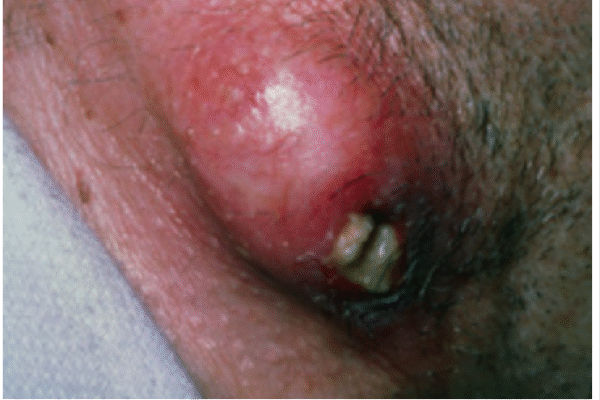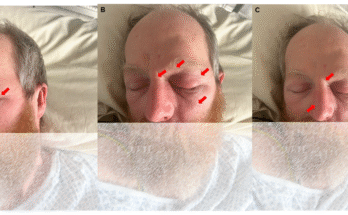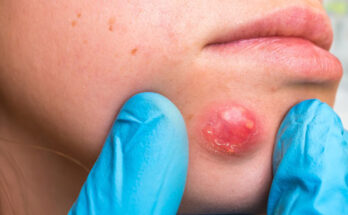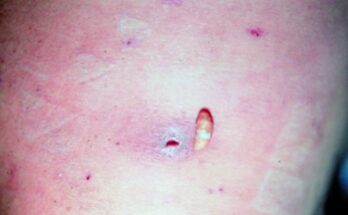A sebaceous cyst is a small, non-cancerous lump that forms under the skin, often appearing on the back, neck, face, or shoulders. These cysts develop when the opening of a hair follicle becomes blocked, leading to a build-up of oil, dead skin cells, and other skin debris. This blockage causes a soft lump filled with a thick, cheese-like substance called keratin. In most cases, sebaceous cysts are harmless and grow slowly without causing pain or other symptoms.
However, if a sebaceous cyst becomes infected, it can become red, swollen, and tender to the touch. The area around the cyst may feel warm, and the cyst itself might start to produce a foul-smelling, thick white or yellow discharge. In some cases, the cyst may rupture on its own, releasing its contents, but this doesn’t mean the problem is solved. If the cyst wall remains inside the skin, it can refill and return over time.
Treatment for a sebaceous cyst depends on whether or not it is infected. If the cyst is not causing any discomfort, a doctor might recommend leaving it alone. Applying warm compresses can sometimes help reduce inflammation and promote natural drainage. However, if the cyst becomes painful, swollen, or starts leaking pus, medical treatment is necessary. A healthcare provider may drain the cyst or prescribe antibiotics to treat the infection. In some cases, minor surgery is required to remove the entire cyst and prevent it from coming back.
It is important to see a doctor if a cyst shows signs of infection, keeps recurring, or becomes unusually large. Although sebaceous cysts are generally not dangerous, ignoring an infected one can lead to complications. While there’s no guaranteed way to prevent sebaceous cysts, keeping the skin clean and avoiding the urge to squeeze or pick at bumps may help reduce the risk. Early treatment of skin issues like acne can also help prevent the formation of these cysts.



